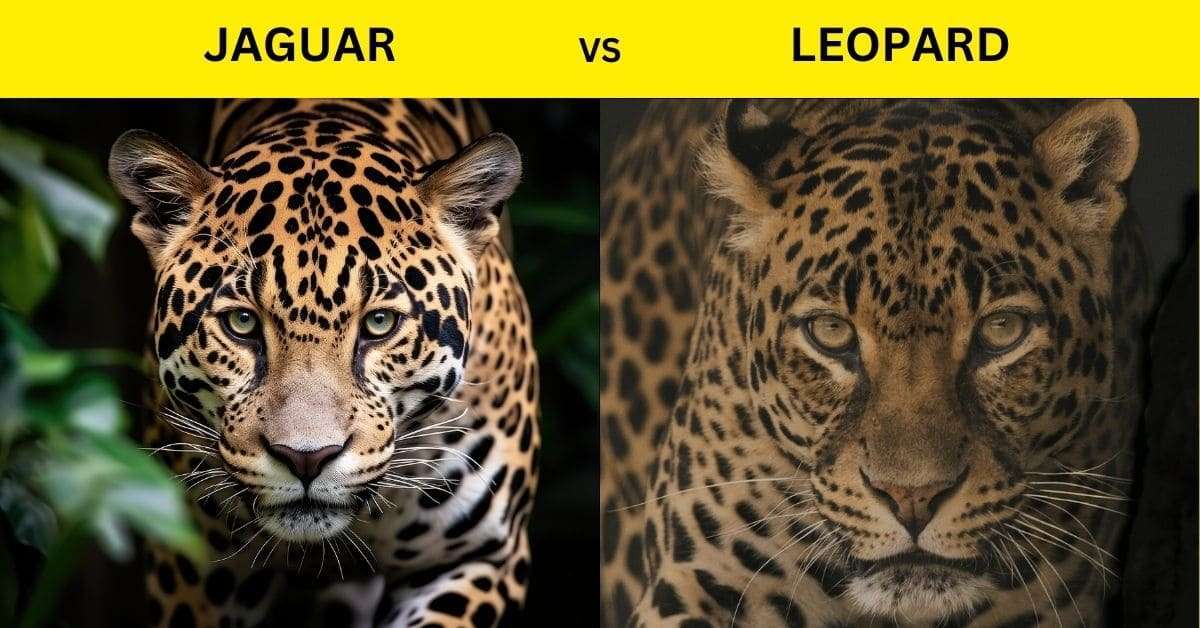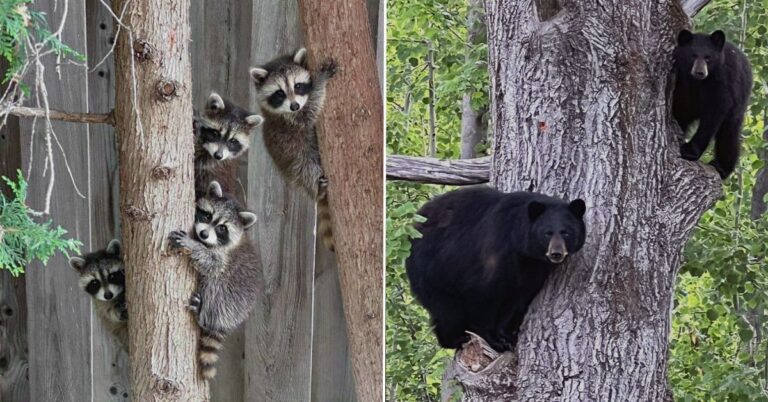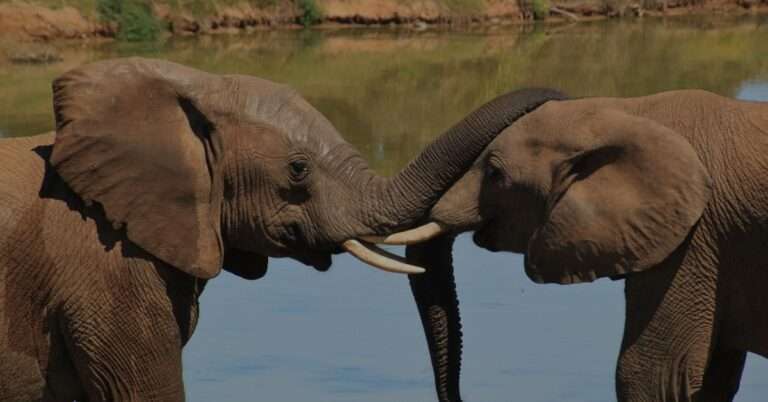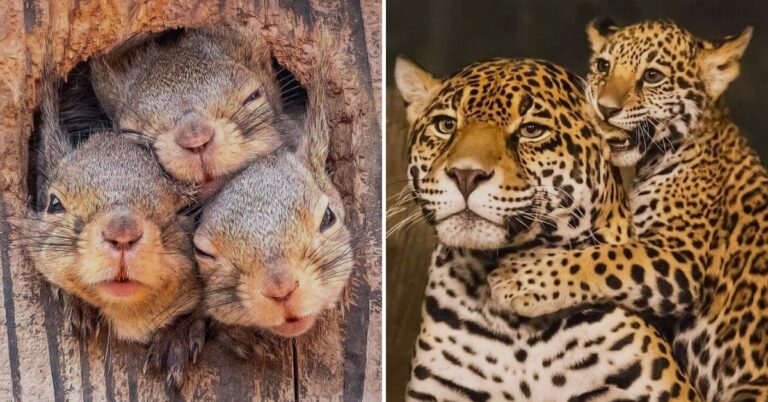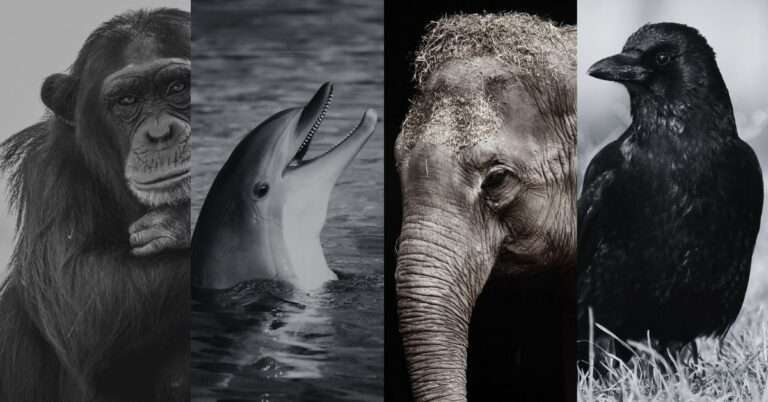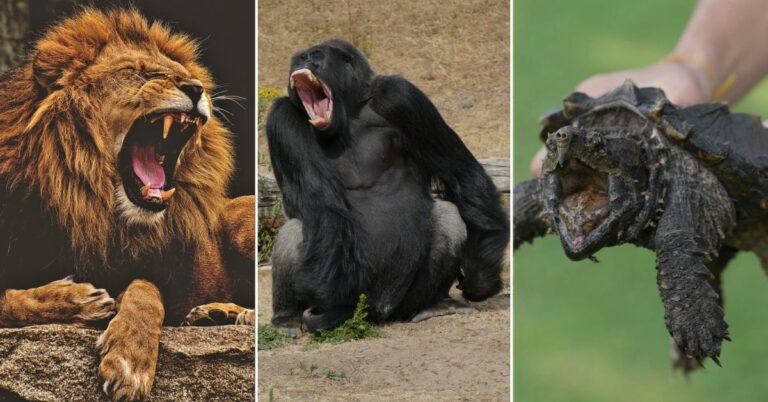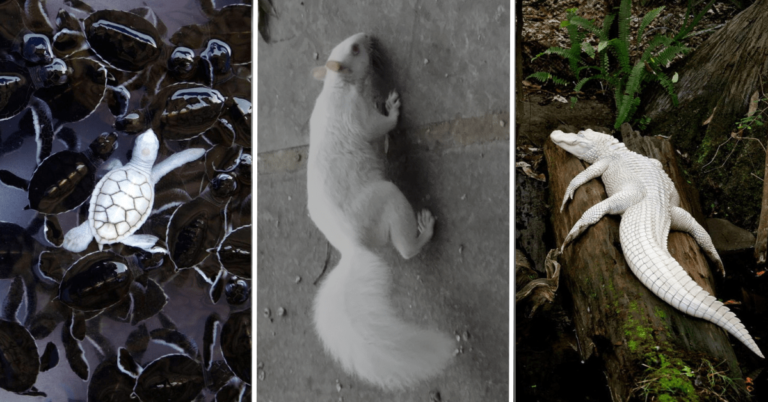16 Pairs of Animals You Almost Always Mistake for One Another
It is nearly hard to keep track of every species in the planet due to the diversity found in the animal kingdom. Sometimes it’s impossible to even distinguish between close cousins. Nonetheless, because of their environments, different species frequently evolve in similar ways.
To highlight the distinctions between the 16 pairs of animals that netfoxx has gathered, they are nearly identical to one another at first glance.
1. Jaguar vs leopard
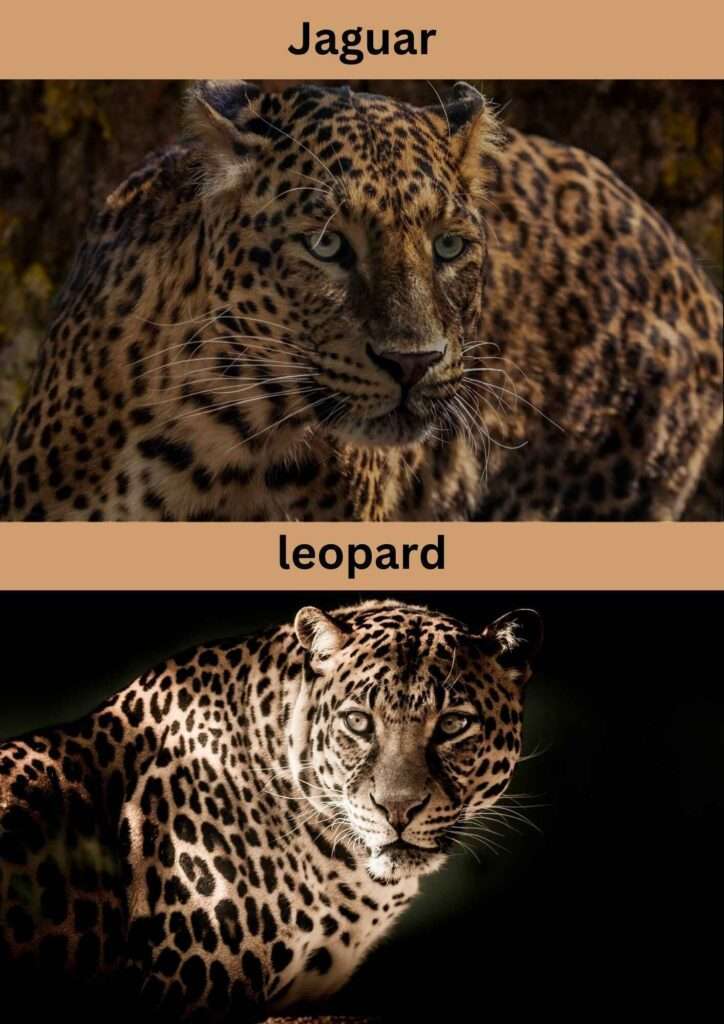
These big cats, albeit similar in appearance, are found on different continents and in different climate zones: jaguars live in tropical jungles of South America, whereas leopards occupy African savannas. In addition to being bigger and heavier than leopards and many other cats, jaguars also enjoy the water.
2. Alligator vs crocodile
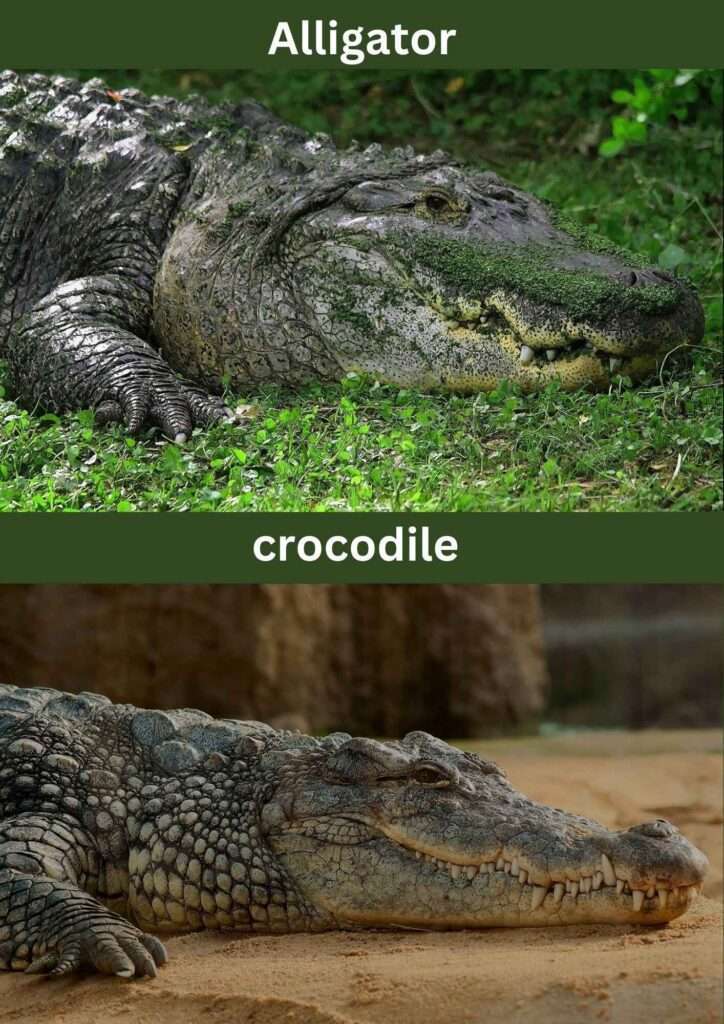
Because alligators have shorter, wider U-shaped snouts and crocodiles have prominent, elongated V-shaped faces, it is easy to distinguish between the two. Take into account the teeth as well. Every fourth tooth is visible when crocodiles grin, which gives their signature toothy look. On the other hand, because the alligator’s top jaw is wider than its lower jaw, most of the time its teeth are hidden.
3. Wasp vs hornet
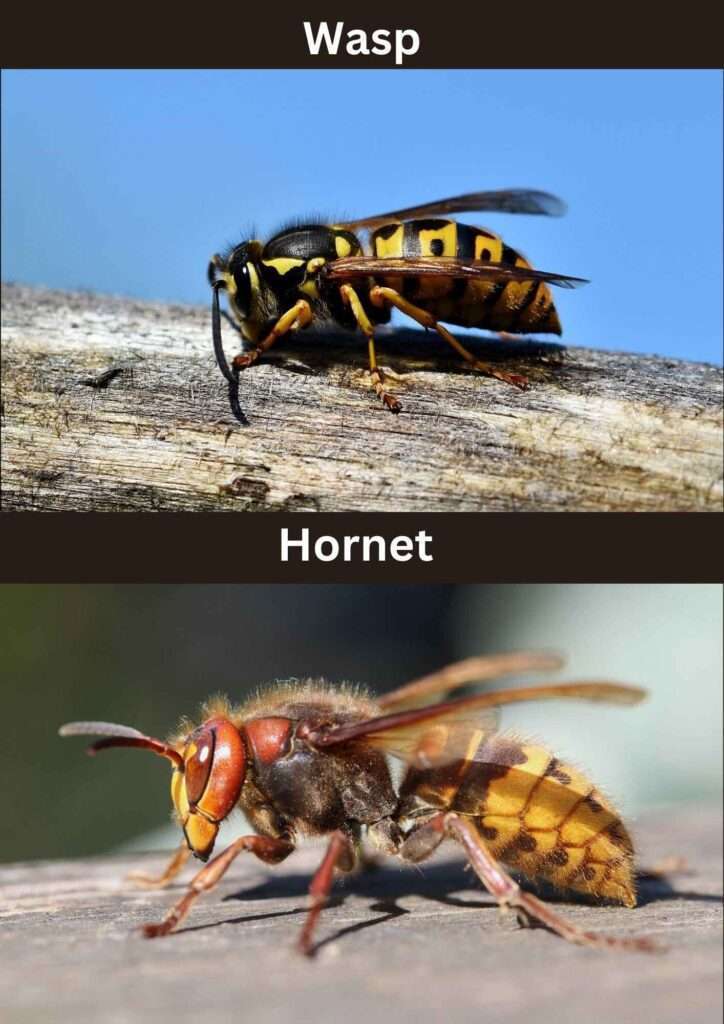
There is no denying that both insects are dangerous. Wasps are more vividly colored and have yellow and black rings, whereas hornets are larger and have orange and black coloring that resembles dots rather than stripes. It’s best to stay away from both.
4. Seal vs sea lion
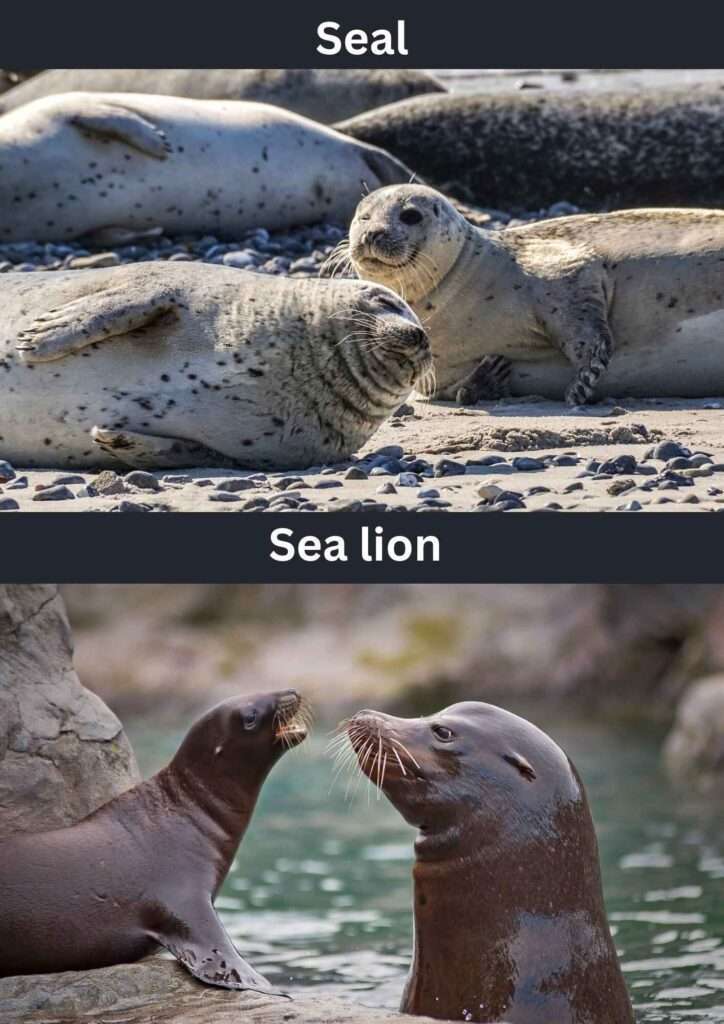
It’s likely that you’ve encountered sea lions as circus performers and seals as adorable, cuddly animals. Because of their small front flippers and thick hair, seals are unable to walk and must instead wriggle on their stomachs. Sea lions walk on the ground with their large flippers and silky skin.
5. Turtle vs tortoise
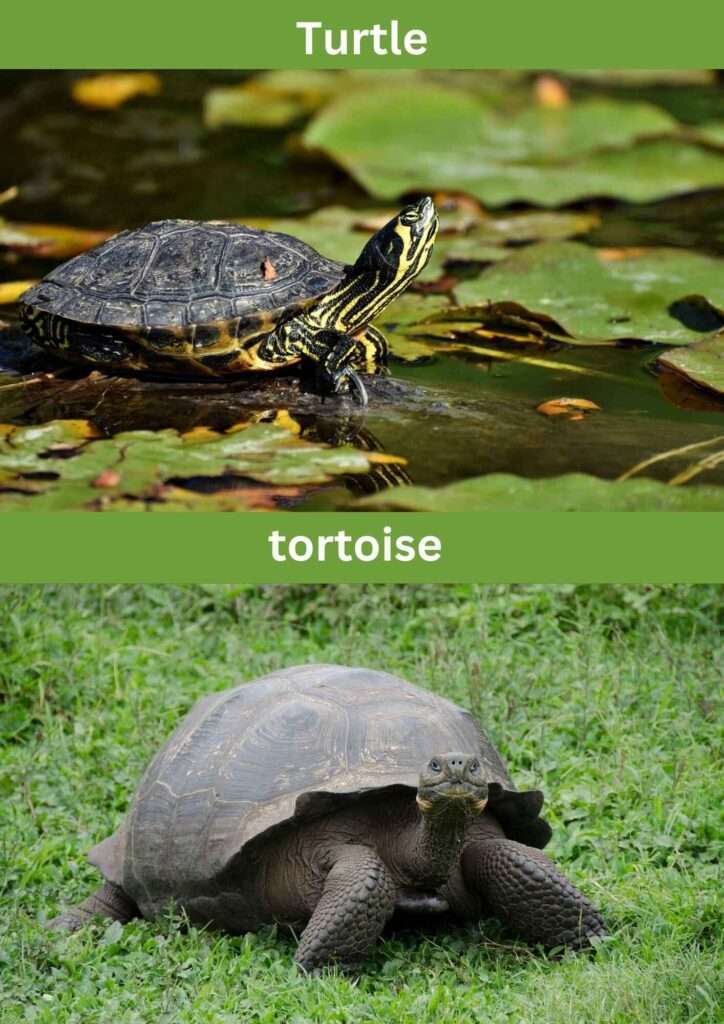
These two have four legs and are both mobile, albeit very slowly. To better blend in with the ponds, the “turtle rock,” however, is aquatic and features markings on the water that mimic stains and circles. Being a terrestrial mammal, the “tortoise rock” lives its life on the ground, literally as a rock.
6. Raven vs crow vs rook vs jackdaw
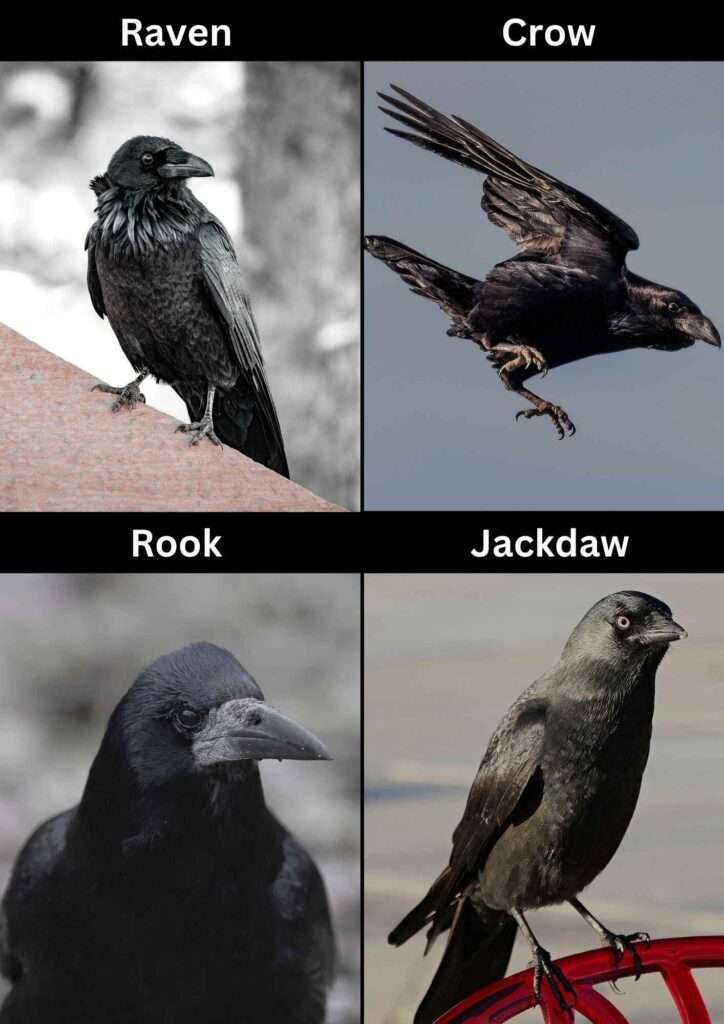
All corvids (apart from Jays, who resemble a theater kid in a goth household) have a similar appearance. Because of their “beard” made of throat feathers, rabids are the most elegant and stylish. Although rooks and crows are of similar size, rooks are distinguished by their gray beaks and elegant feather “pants” on their legs. Because of their rounded heads with black caps and extremely short beaks, jackdaws have the cutest appearances.
7. Donkey vs mule
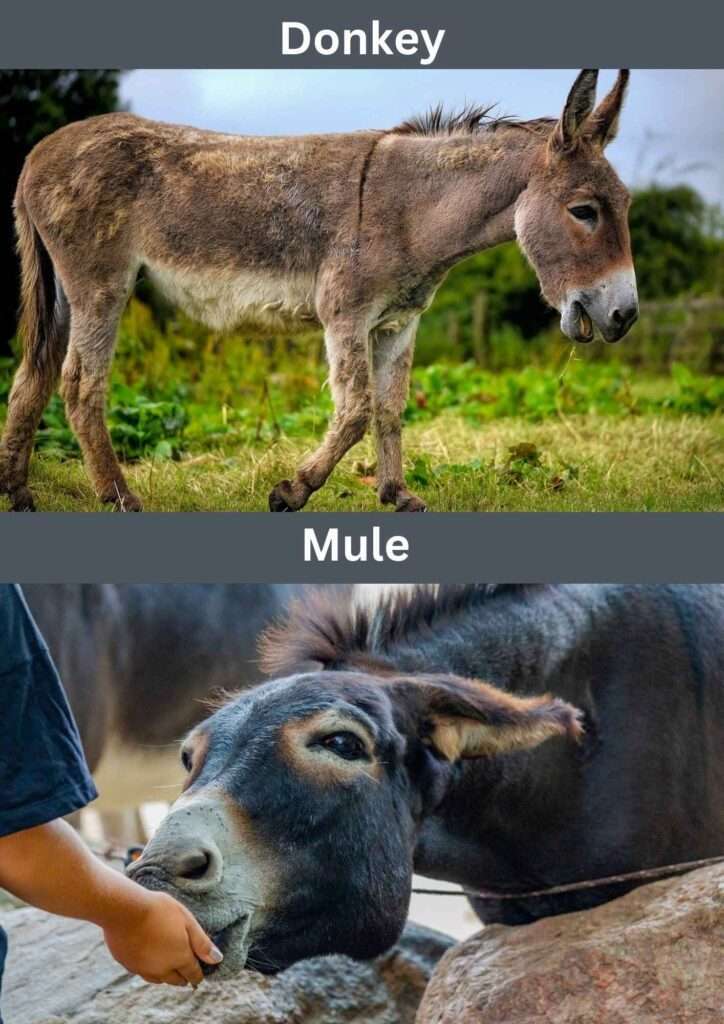
This one is tricky for a simple reason: while the donkey is its own species, a mule is a hybrid of donkey and horse. Funnily enough, it looks exactly like what you’d think these 2 animals would look like: an elegant head of a horse with ridiculously oversized donkey ears.
8. Hare vs rabbit
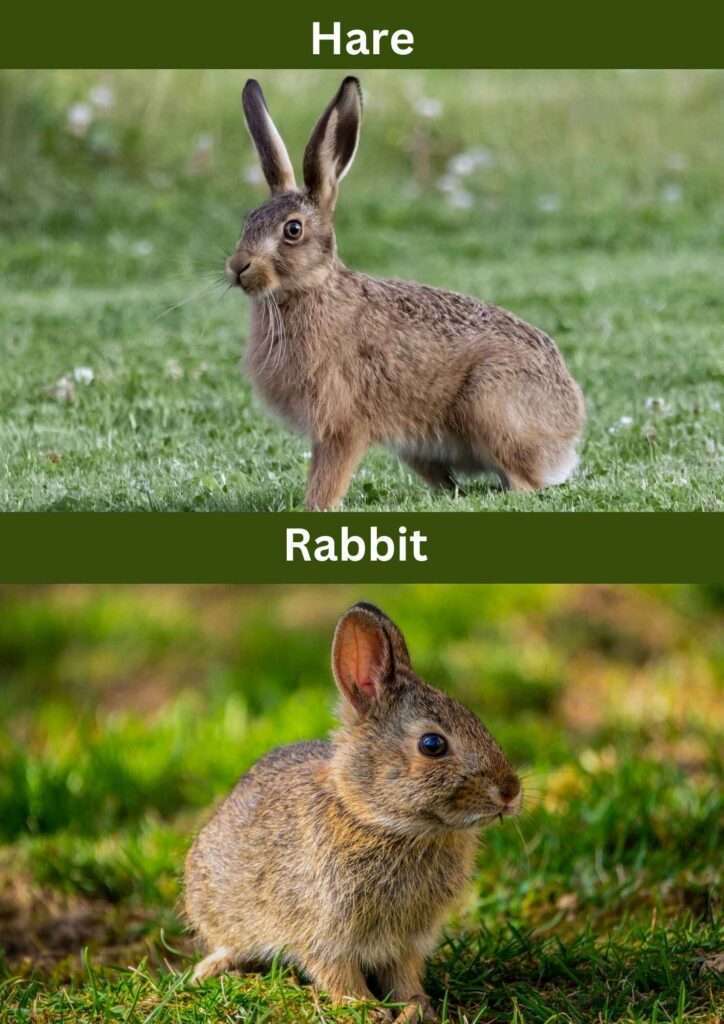
A rabbit is your best option if you want a cute small pet; a hare is absolutely not the right choice. Hares have longer legs and ears, and they move faster and bigger. Rabbits are generally “cuter,” fluffier, and smaller. Even their diets differ: hares prefer twigs and bark, whereas rabbits prefer soft grass and veggies (like carrots). Hares are solitary creatures, whereas rabbits are gregarious. It makes sense that while hares tend to remain feral, rabbits are more easily domesticated.
9. Moth vs butterfly
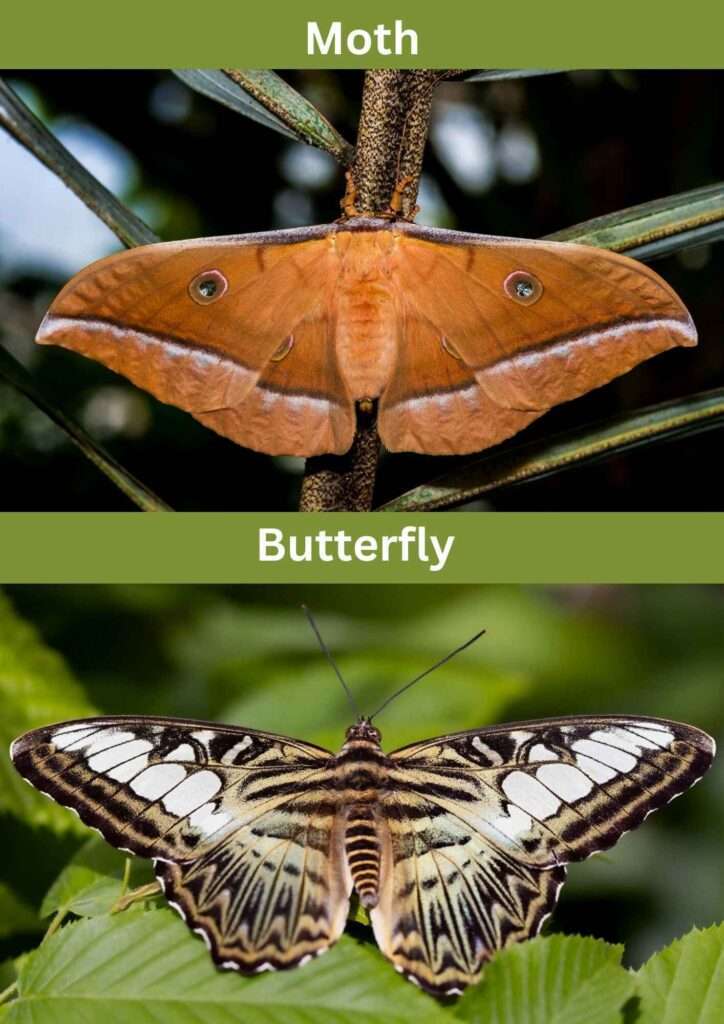
While butterflies flap their wings vertically, moths have tent-like wings. While butterflies often rest with their wings closed, moths typically repose with their wings open. They also have different antennas: moths have short, feathery antennas, whereas butterflies have long, thin antennae. Moths are mostly nocturnal, but butterflies are exclusively diurnal.
10. Dolphin vs porpoise
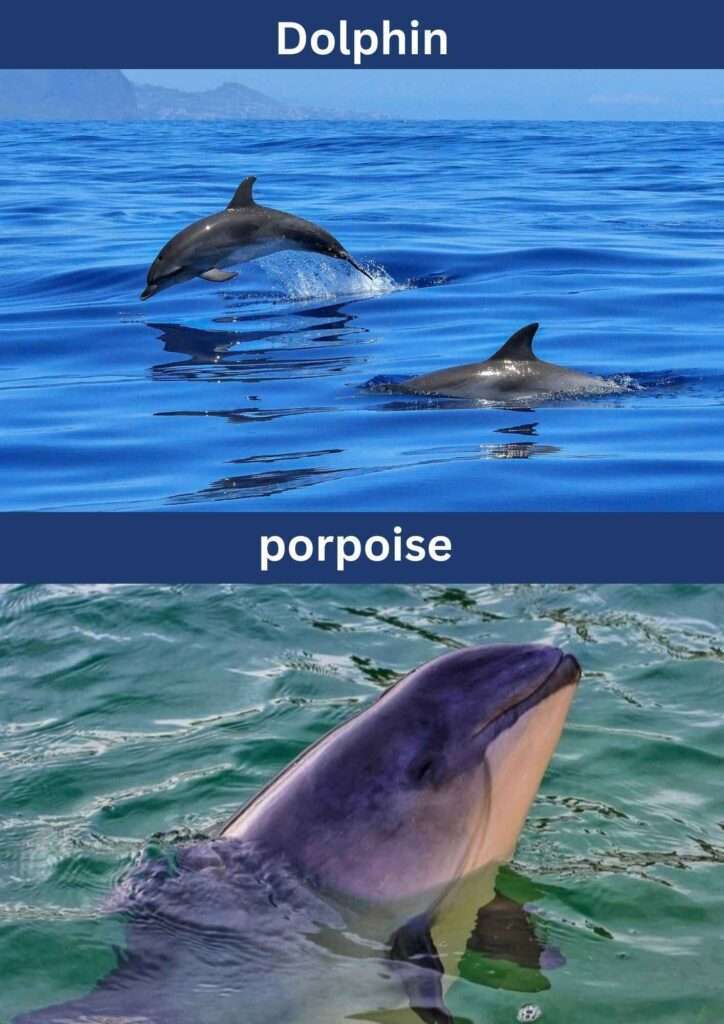
Dolphins and porpoises differ mostly in their snouts, fins, and body shapes. Dolphins’ slim bodies, curving dorsal fins, and long “beaks” Smaller flippers, shorter triangular dorsal fins, and more flat, sloping faces are characteristics of porpoises.
11. Weasel vs stoat
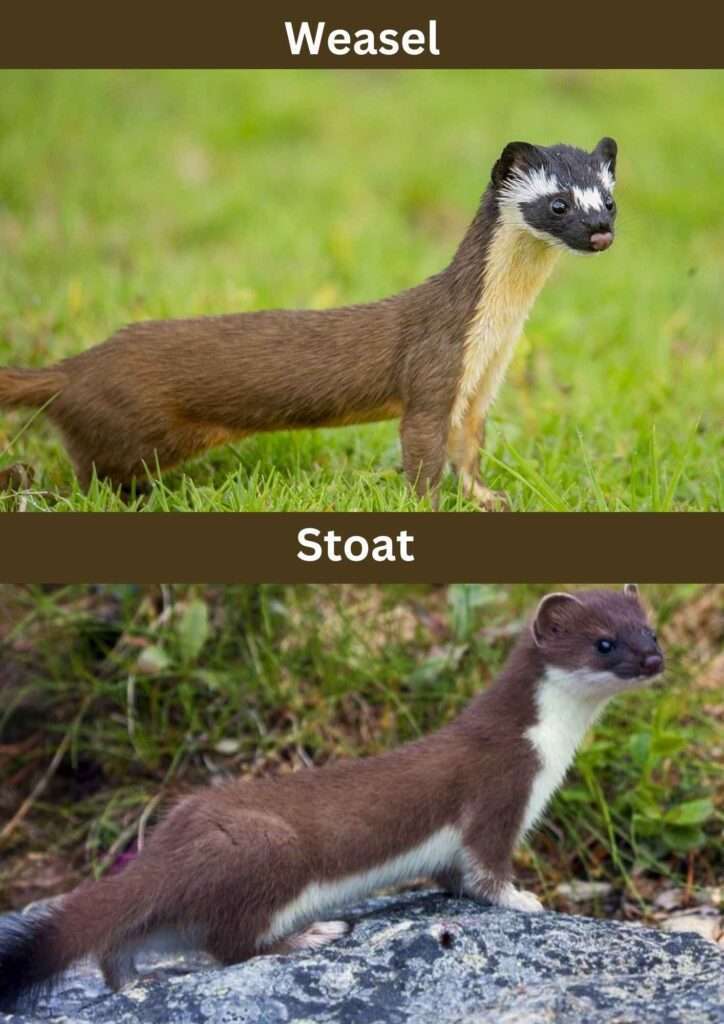
These two creatures are related via blood. Weasels have short tails that match the color of their bodies, while storks are larger and have long tails with fluffy black tips. Weasels stay closer to the ground, whereas stoats have a comical bouncing walk with an arched back. In the winter, stoats also turn white.
12. Eagle vs hawk vs falcon
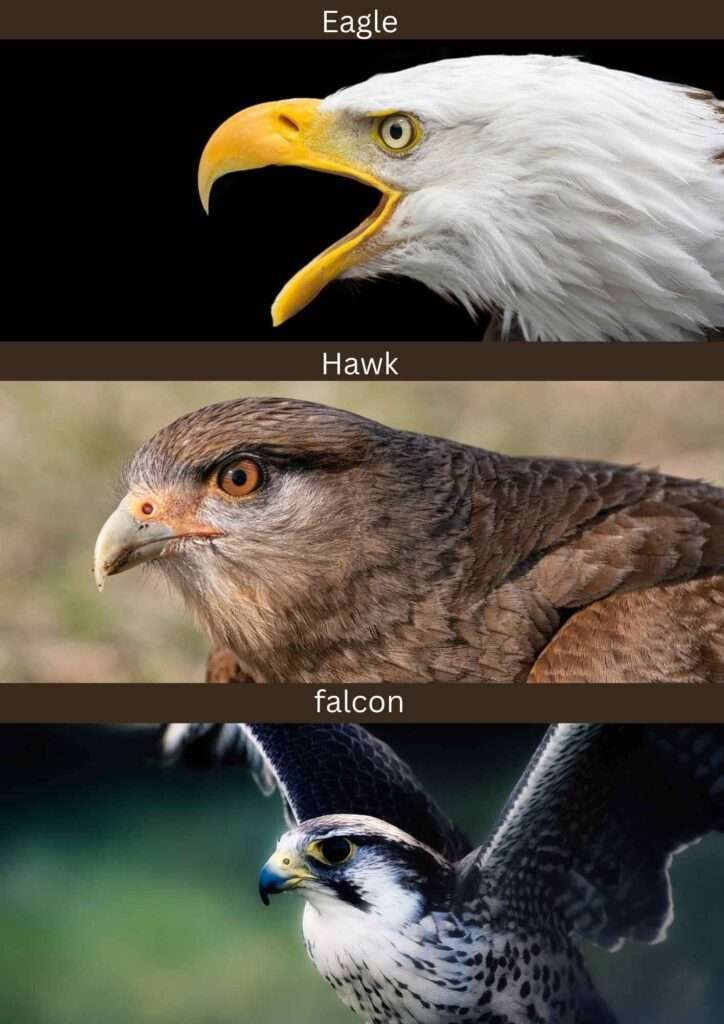
Giant, strong birds of prey, eagles appreciate living in open areas like cliffs and mountains. Hawks can maneuver in more enclosed spaces because they are more agile and smaller in the air. Among the three, falcons are the tiniest and fastest, and their larger eyes and shorter beaks help them stand out the most.
13. Mouse vs rat
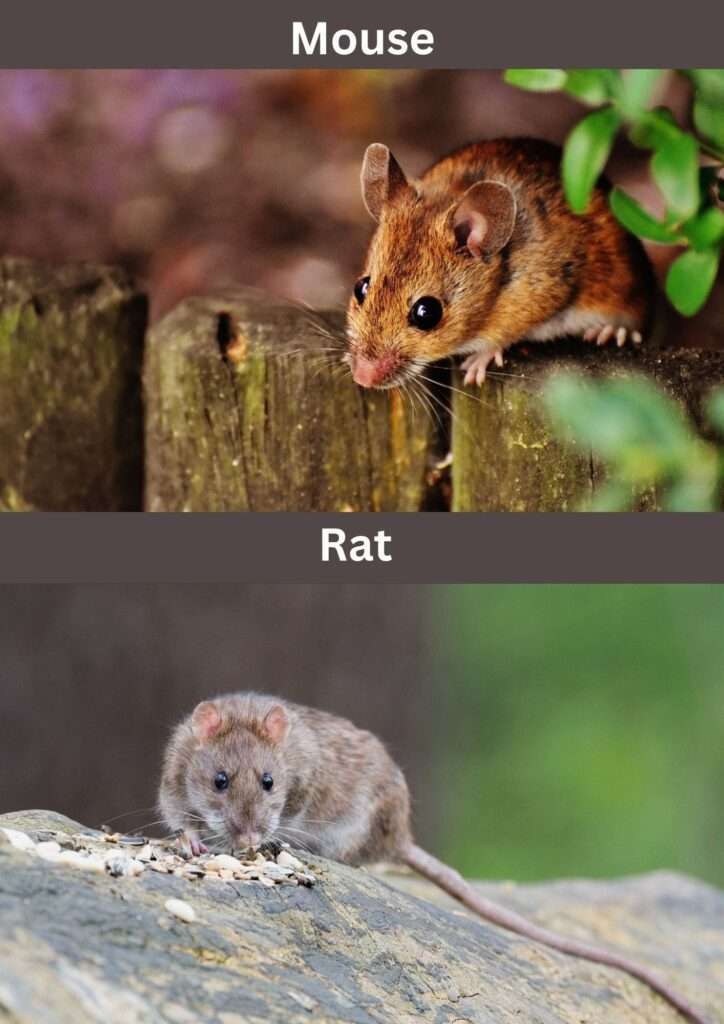
Three characteristics clearly set apart the two most well-known (or infamous) rodents: size, tail, and ears. Even in comparison to juvenile rats, mice are little; rats have thick, hairless tails, but mice have slender, long tails covered with fur. Mice have round, floppy ears that are larger than their bodies in relation to their tiny, triangular faces. Rats have blunter, more noticeable faces.
14. Seagull vs albatross
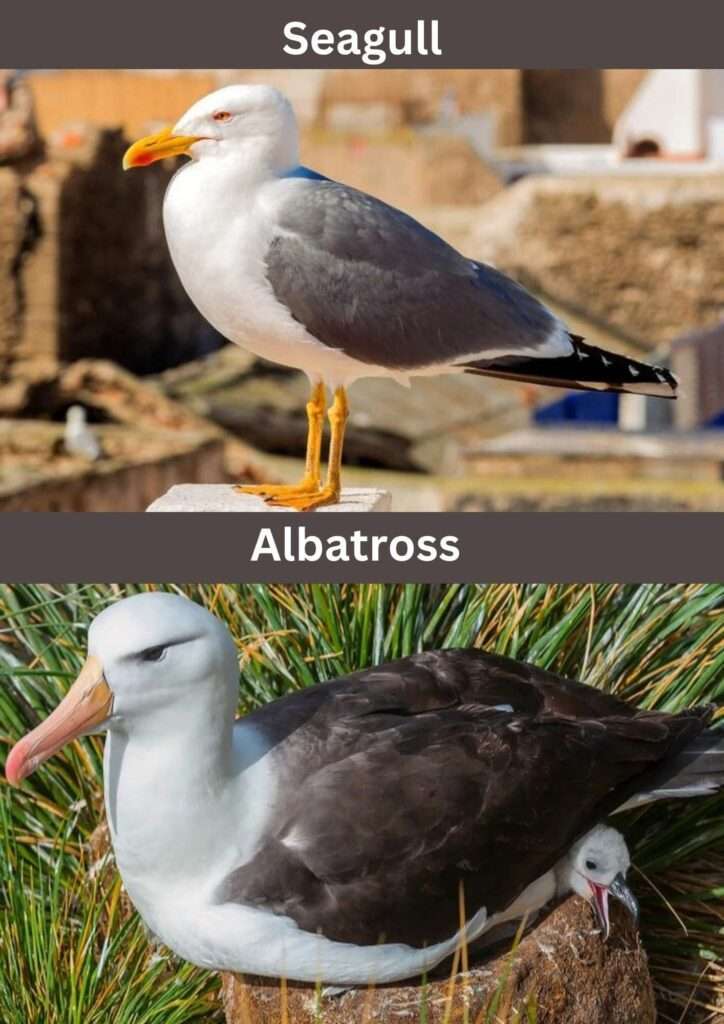
In contrast to albatrosses, gulls prefer short trips and are frequently seen near bodies of water, such as ponds or the sea. They also exhibit some acrobatic behavior when diving and collecting fish. The lanky birds known as albatrosses spend their entire lives flying over the ocean. They can also take salt out of food and water thanks to their special noses.
15. Wolverine vs honey badger
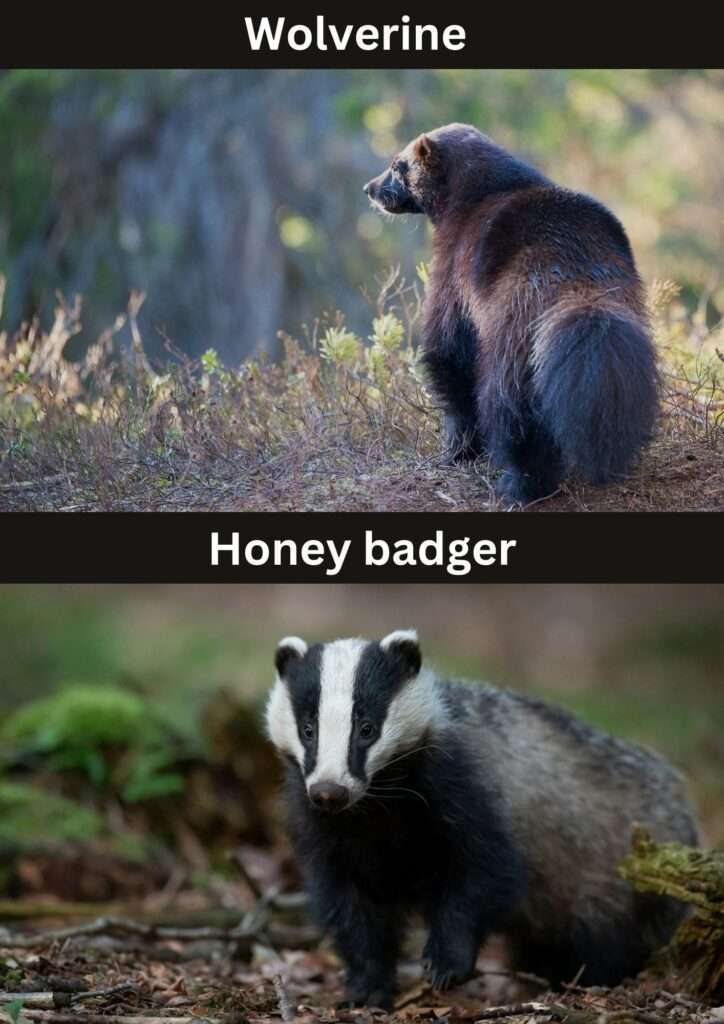
The wolverine, which lives in northern forests, and the honey badger, which dwells in Africa, are members of the Mustelidae family even though they inhabit opposite temperature zones. Wolverines have brown fur with golden rings, larger legs, and conspicuous ears. They are also taller. Honey badgers have black bodies with a white “cape” on their backs, and they stay lower to the ground.
16. Wolf vs coyote vs jackal
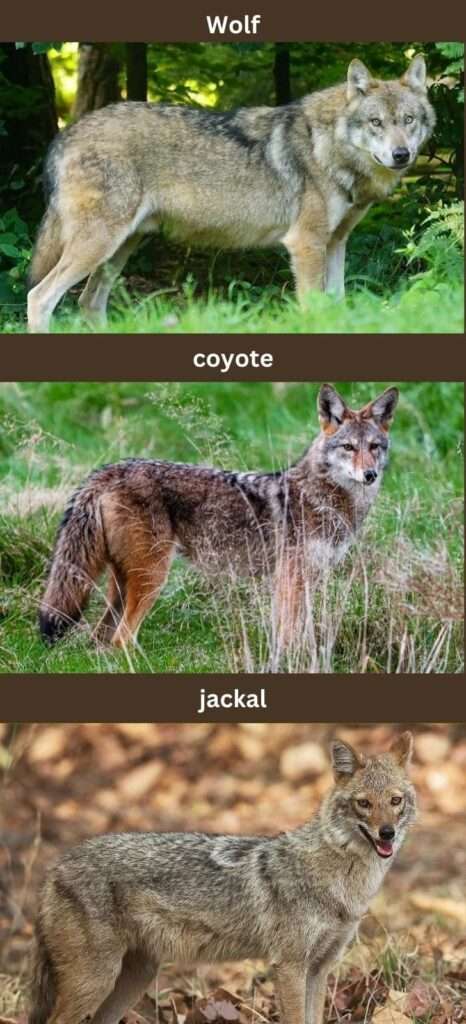
These three are “good boys and girls” who travel the world in parades. Coyotes are in Northern America, wolves are found around the world, while jackals are found in Africa, Asia, and India. Coyotes and jackals have a more delicate and slender build than wolves, who are big, robust animals.
Jackals have a coat that is more golden in color, while coyotes are distinguished by the red fur on their faces and ears. Additionally, because they are spared the hardships of winter, jackals exhibit a noticeable decrease in fluff.
What kinds of animals have ever confused you? If you know more examples, share them in the comments!
The information for this article was taken from the bright side https://brightside.me/ website.

